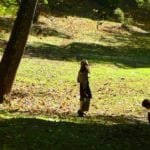Last Updated on 12 October 2024 by Cycloscope
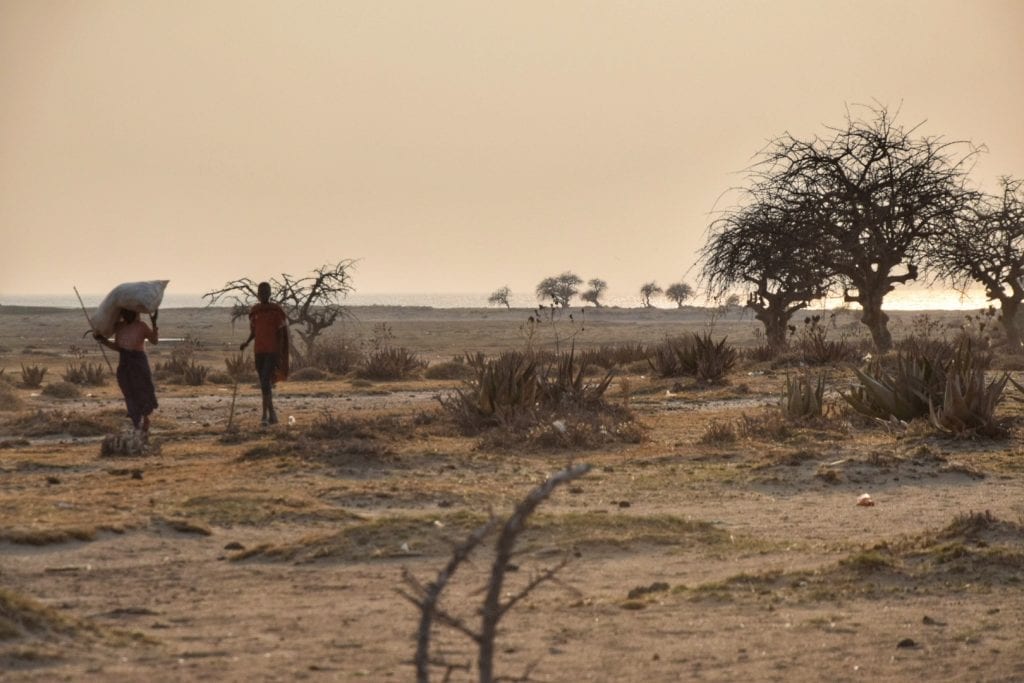
The ultimate guide to exploring Lake Eyasi. Roads, accommodation, activities, safaris, tented camps, and the truth about visiting the Hadzabe Bushmen Tribe
Lake Eyasi is a really off-the-beaten-track landmark in Tanzania. Although located in the most visited region of the country, bordering Ngorongoro Conservation Area and pretty close to Lake Manyara, this fascinating place is rarely visited, if not by those interested in visiting the Hadzaba “bushmen” community.
The scarce accommodation options, the seasonality of the lake, and the fact that Lake Eyasi is situated on a dead-end road, forcing you to backtrack to Karatu, don’t certainly help tourism in the area.
Lake Eyasi though, is totally worth a visit, and within this travel guide, we’ll give you all the information needed to plan a trip to this remote region: how to get there, what to do, and where to stay around Lake Eyasi.
Geography and Wildlife of Lake Eyasi
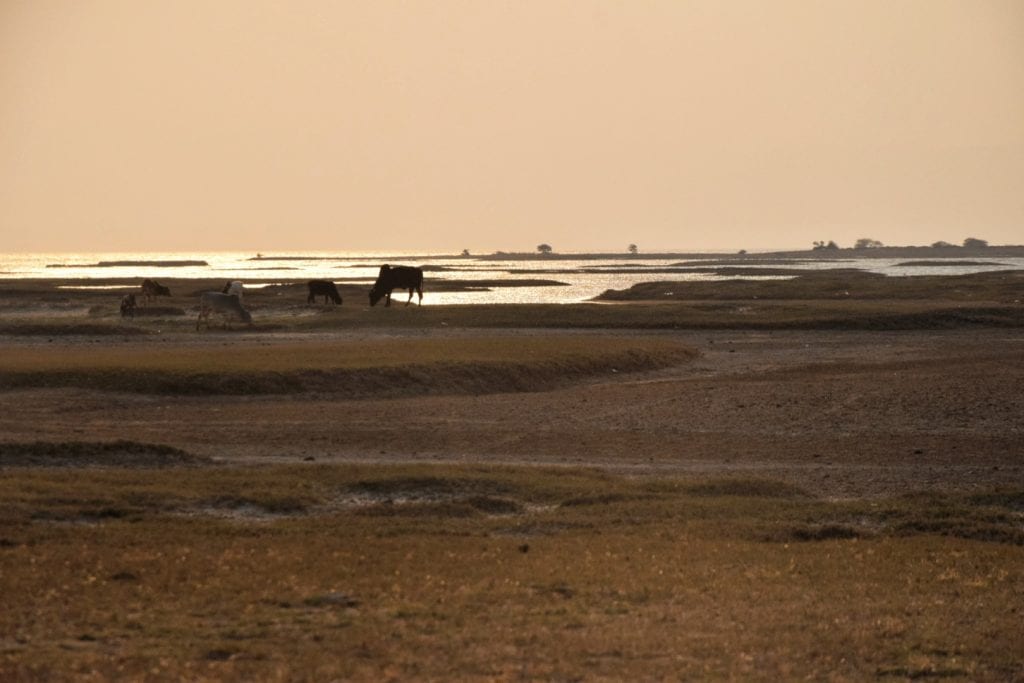
Lake Eyasi is a sink (endorheic) lake, meaning it has no outlets whatsoever. Its waters are shallow and salty. The size of Lake Eyasi varies greatly according to the seasons – while almost nonexistent at the peak of the dry season, it often floods nearby settlements when the rainy season is heavier than normal (which happens more and more often).
During the dry season, animals are forced to share the little water left, which makes for easier wildlife spotting. The lake gets deeper in the wet season, attracting a large number of hippos.
The heaviest rains occur during April/May, so it’s not advisable to choose these months for a visit, the roads can be flooded and muddy.
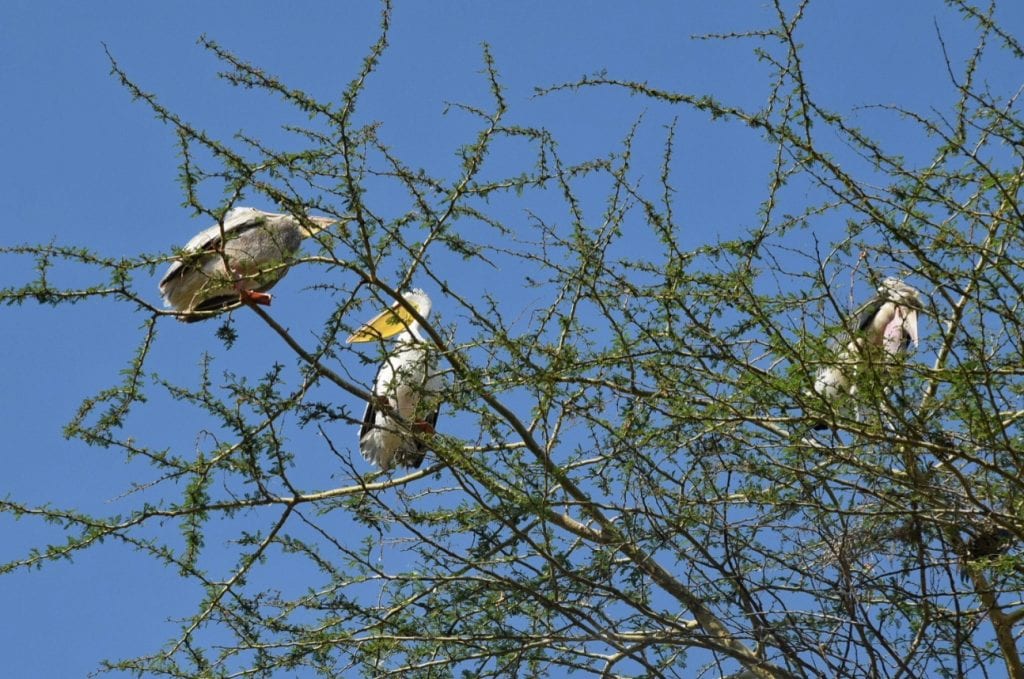
This very interesting lake is located on the floor of the Great Rift Valley, where Africa is slowly pushed and pulled apart by rising material in the earth’s mantle. It borders the Ngorongoro Conservation Area, and the crater is visible as a scenic backdrop from the southeast shores.
The landscape of Lake Eyasi is peculiar, mostly sandy and dry, lined by weird-looking succulents such as cactus trees (Euphorbia ingens), umbrella thorn acacia, and sandpaper bushes, but with patches of tropical vegetation such as palm trees.
The weather is nearly always very hot and intense.
Check Also
Visiting the Amboni Caves in Tanga, Tanzania
Diving Zanzibar and Pemba Island
Getting there, the road to Lake Eyasi
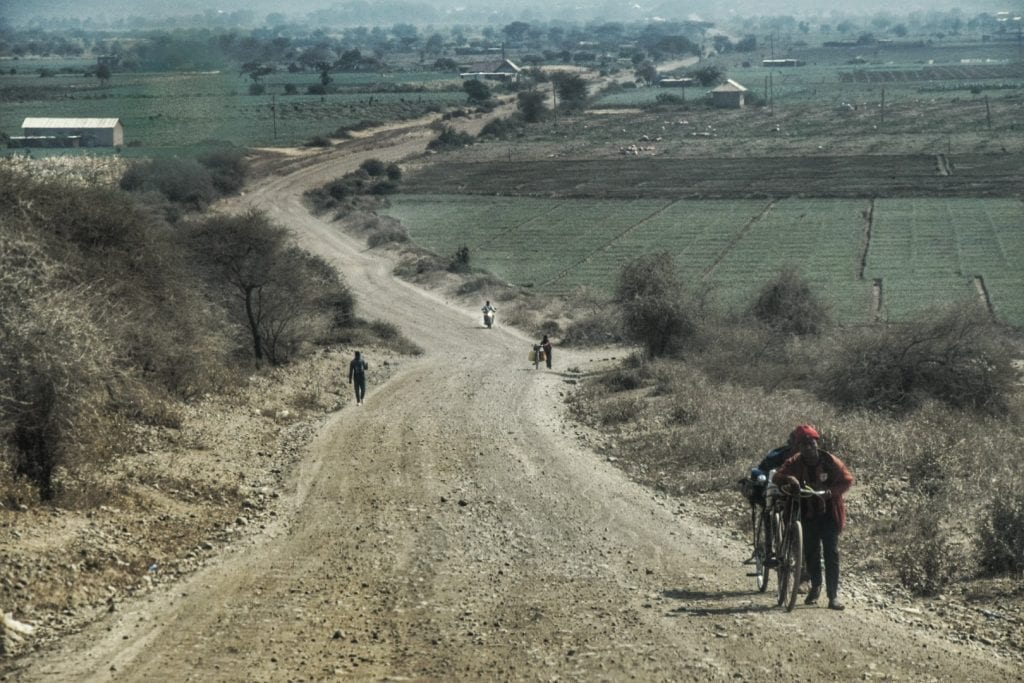
Although some maps show three ways to reach Lake Eyasi, only one of those is actually viable, at least according to the many locals we asked. The two alternatives, one leading to Mbulu and the other one going along the Lake to the road Singida-Mwaza, might probably be tackled by real adventure seekers with the proper vehicles.
Expert bicycle tourists or motorbike travelers might make it in the dry season, while the paths might be too narrow for a car (if you are brave enough to risk it, please contribute in the comments).
The main road so is the one going from Karatu to Mangola (the main village on Lake Eyasi). This is a very dusty road with some nasty corrugation that should be tackled by 4×4, although of course locals do it with any crappy car.
The mysterious entry fee of Lake Eyasi
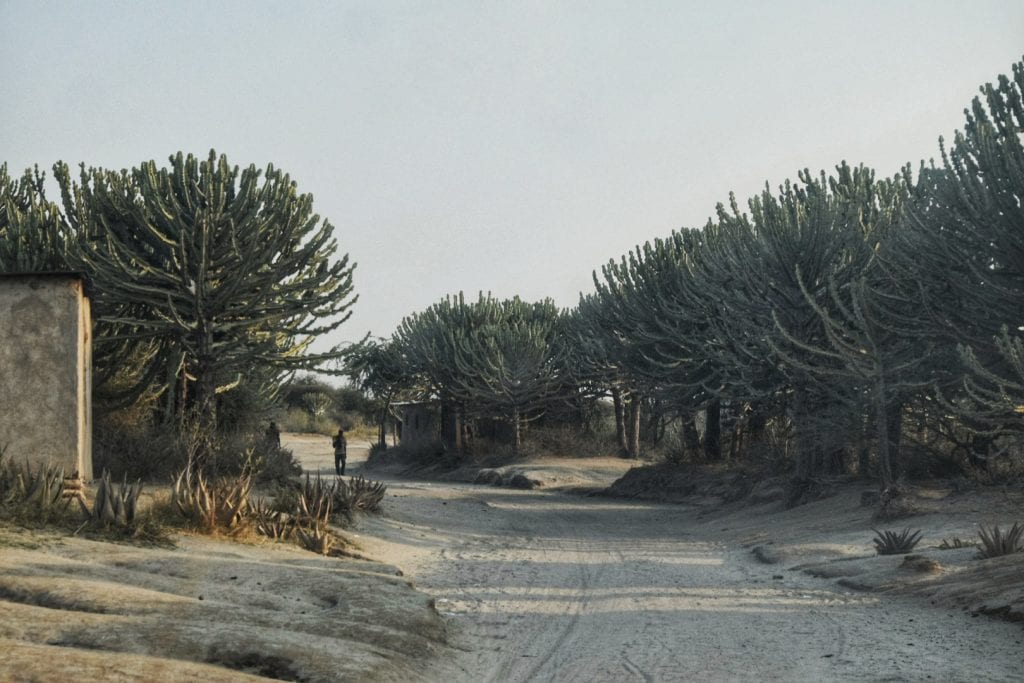
About 8km from Mangola, there’s a tourist office where you’re supposed to register and pay a fee of 20$ x car. If you are planning to engage in any cultural activity, meaning usually a visit to the local Hadza tribe, the fee skyrockets to a steep 110$ per car.
What we’ve understood talking with locals, this fee should only be paid if you plan to overnight on the Lake’s Shore. The fee allegedly goes to the community but we hardly believe that, given the conditions in which the local communities live – among the poorest we’ve seen in Tanzania (and not just the Hazda, who basically don’t know money).
The Tribes of Lake Eyasi: The Hadza Bushmen and the pastoralist Datoga and Mbulu
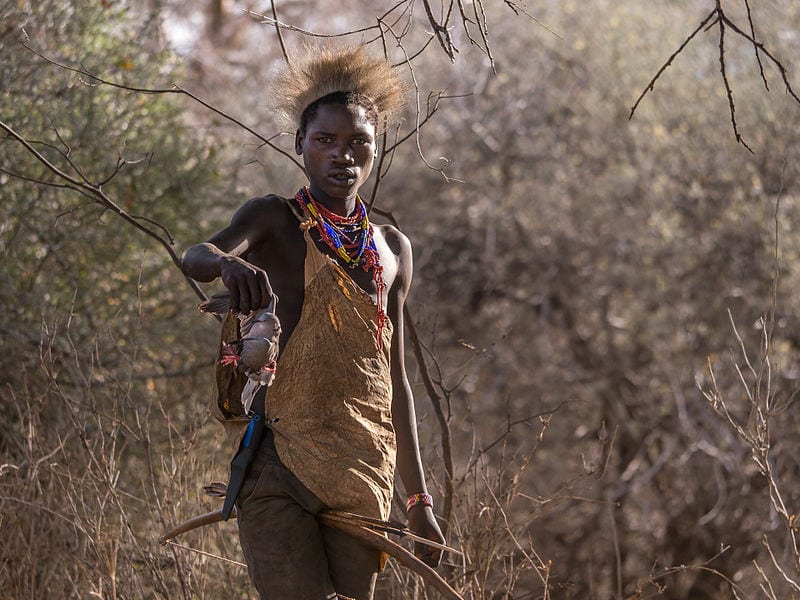
Genetically, the Hadza are not closely related to any other people. They grow no food, raise no livestock, know no calendars, and don’t have words for counting past 4.
They are a living hunter-gatherer tribe whose lifestyle has been almost unchanged for 10,000 years.
Their language resembles those of the once Khoisan of the Kalahari, for the use of the distinctive clicks, the Hadza language (Hadzane) though, has been proved to be an isolate, unrelated to any other.
According to the Tanzanian Government, only about 1,200/1,300 Hadza people are still around, with just about 400 still surviving exclusively through their traditional means of foraging.
Everything they use is made from local materials, including their bows which are strung with giraffe tendon, and their arrows which are coated in lethal poison.
The Datoga and Mbulu people are pastoralists, like the Masai people.
Interested in ancestral African cultures? Read also
> Gule Wamkulu – The secret dancers society of the Chewa People
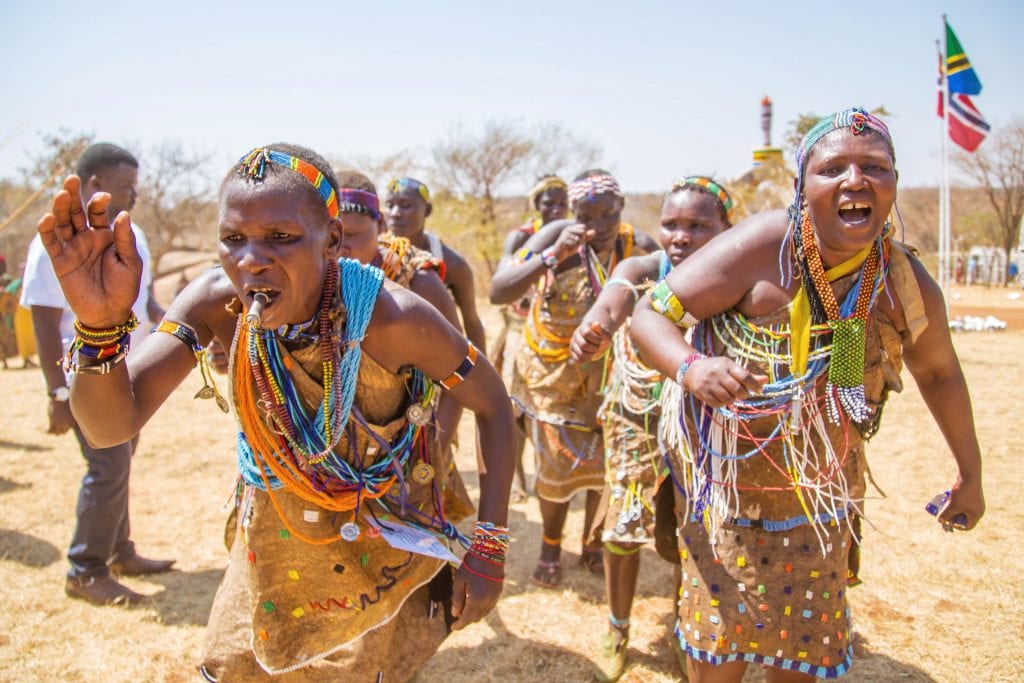
pic by I.S. Nsamila CC 4.0
Should you visit the Hadza Tribe?
If you’ve read the above, you’re probably fascinated by these people and their lifestyle, and so are we, but that doesn’t mean that visiting them is a good idea.
Besides the obvious ethical concerns inherent to “human safaris”,(or human zoos) the isolation of the Hadza and their unique means of living, make them even more vulnerable than other African tribes.
After a few popular documentaries about the Hadza released in 2001, the Mang’ola Hadza has become a tourist attraction. Although on the surface this may appear to help the Hadzabe, much of the money from tourism is allocated by government offices and tourism companies rather than going to the Hadzabe.
Giving money directly to the Hadzabe won’t do any good either, as they have no such concept. It will only contribute to alcoholism and deaths from alcohol poisoning, further contributing to the loss of cultural knowledge.
What is needed is actual protection of their ancestral lands, but this is not happening, according to Wikipedia:
The western Hadza lands are on a private hunting reserve, and the Hadza are officially restricted to a reservation within the reserve and prohibited from hunting there. The Yaeda Valley, long uninhabited due to the tsetse fly, is now occupied by Datooga herders; the Datooga are clearing the Hadza lands on either side of the now fully settled valley for pasture for their goats and cattle. They hunt out the game, and the clearing destroys the berries, tubers, and honey that the Hadza rely on, and watering holes for their cattle cause the shallow watering holes the Hadza rely on to dry up. Most Hadzabe are no longer able to sustain themselves in the bush without supplementary food such as ugali.
wikipedia “Hadza People”
Neither the government nor the tour companies are doing anything to prevent this.
Moreover, activities such as “hunting with the Hadza” are clearly faked, the Hadza rarely hunt in daylight, and not every day it’s possible to find a game, due to the reduced wildlife population in the area. The buck or antelope they will kill for your pleasure has probably been put there from a breeding farm.
What to do: Activities on Lake Eyasi
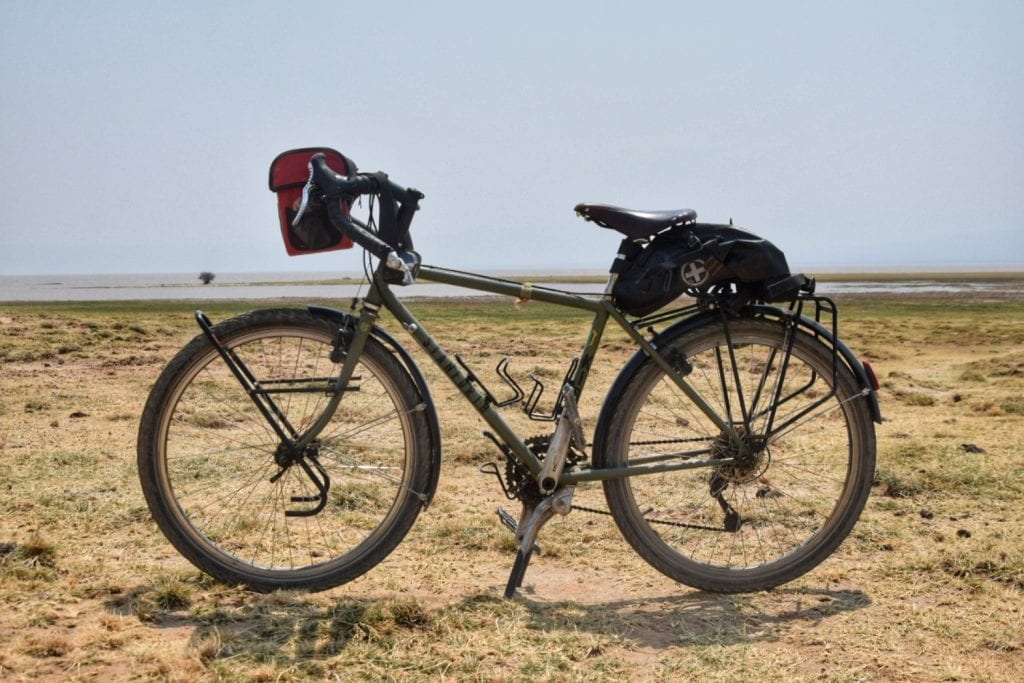
Lake Eyasi is a paradise for bird-watching, the lake attracts vast populations of birds of all sizes and types. Among the many: African spoonbill, great white pelicans, flamingos, gray-headed gulls, pied avocet, Fischer’s lovebird, and yellow-billed storks.
Fishing activities can also be organized on the lake during the wet seasons, the main fish found in the lake are catfish and lungfish. If you’re not interested in fishing, a boat trip is anyway a great experience.
This area makes for great hikes in the wilderness, it is possible to arrange a guide through your accommodation, but you can also go by yourself, people around here are very friendly and you’ll be safe. Day or half-day hikes are highly recommended.
The best way to explore the shores of Lake Eyasi is certainly by bicycle. With a two-wheeler, you could cover good distances in a relatively short time to admire the landscapes changing further down along the shore.
It is also possible to visit the Hadza and the other tribes, tour companies organize hunting trips with the Hadzabe (read our opinion above).
Accommodation on Lake Eyasi
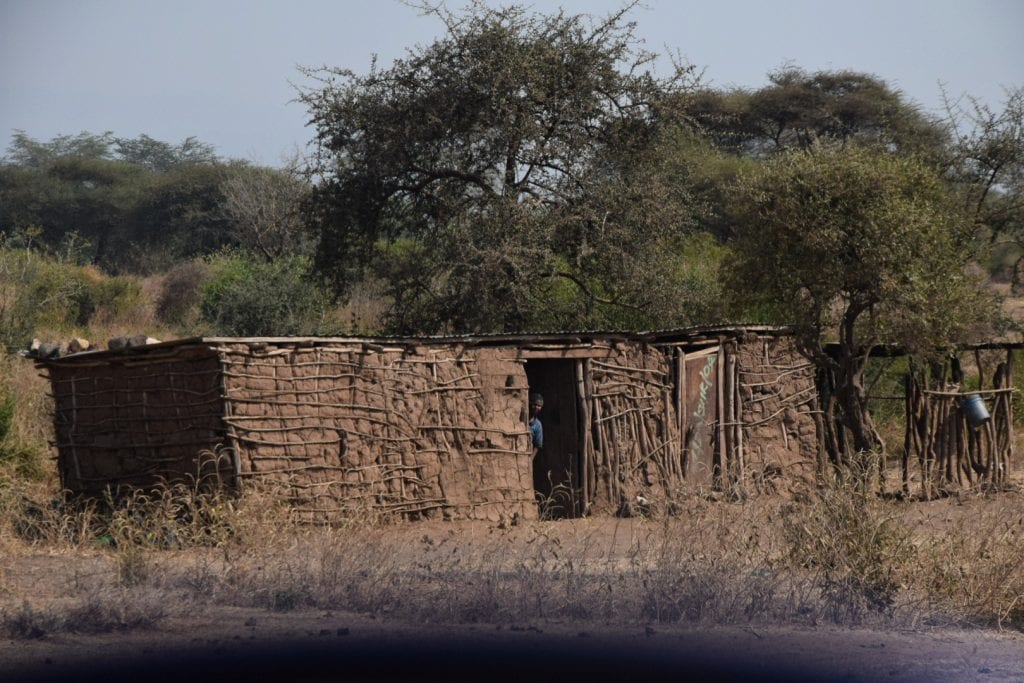
Accommodation options are unfortunately pretty scarce on Lake Eyasi, reflecting the remoteness of the place and the low tourism flux.
Upscale:
These three lodges are certainly beautiful, but their price ranges are very steep
- Kisima Ngeda Tented Camp (flooded when we visited, contact them beforehand)
- Eyasi Safari Lodge (350/300$)
- Ziwani Lodge (350$+)
Campsites:
There are a few campsites basically lacking any kind of facilities and infrastructure, all of them are 10$ppn x night
- Lake Eyasi Hadzaba Campsite (poor ablution, no tables)
- Village Camping (very small and hard to find, check on iOverlander)
- Ngula Sunset Campsite (pretty far from the lake)
Local Guesthouses:
There are two local guesthouses in Mangola village, overall we think these are really the best options when it comes to accommodation on Lake Eyasi, they are basic but clean and friendly (hot water too!)
- Paris Guesthouse (10,000Tsh double room ensuite)
- Florida Guesthouse (10,000Tsh double room ensuite)


